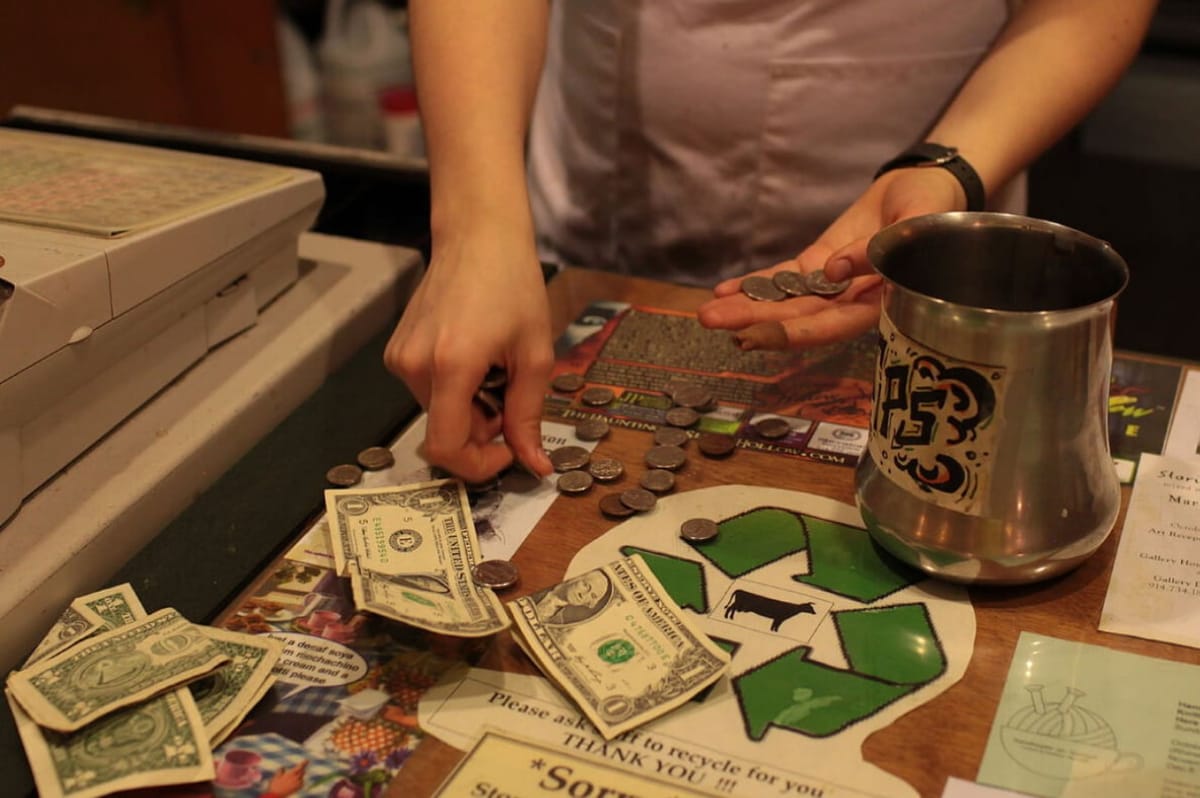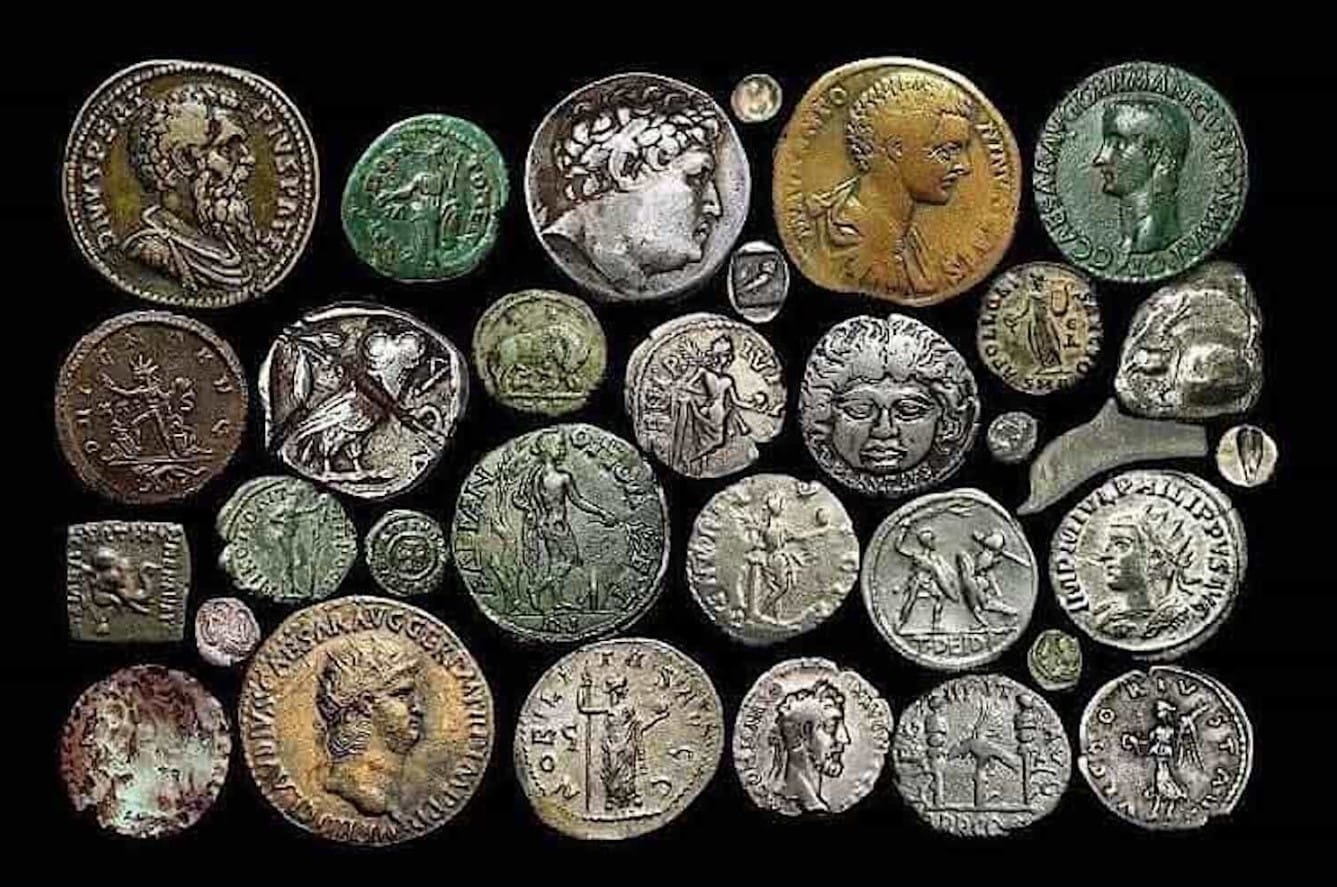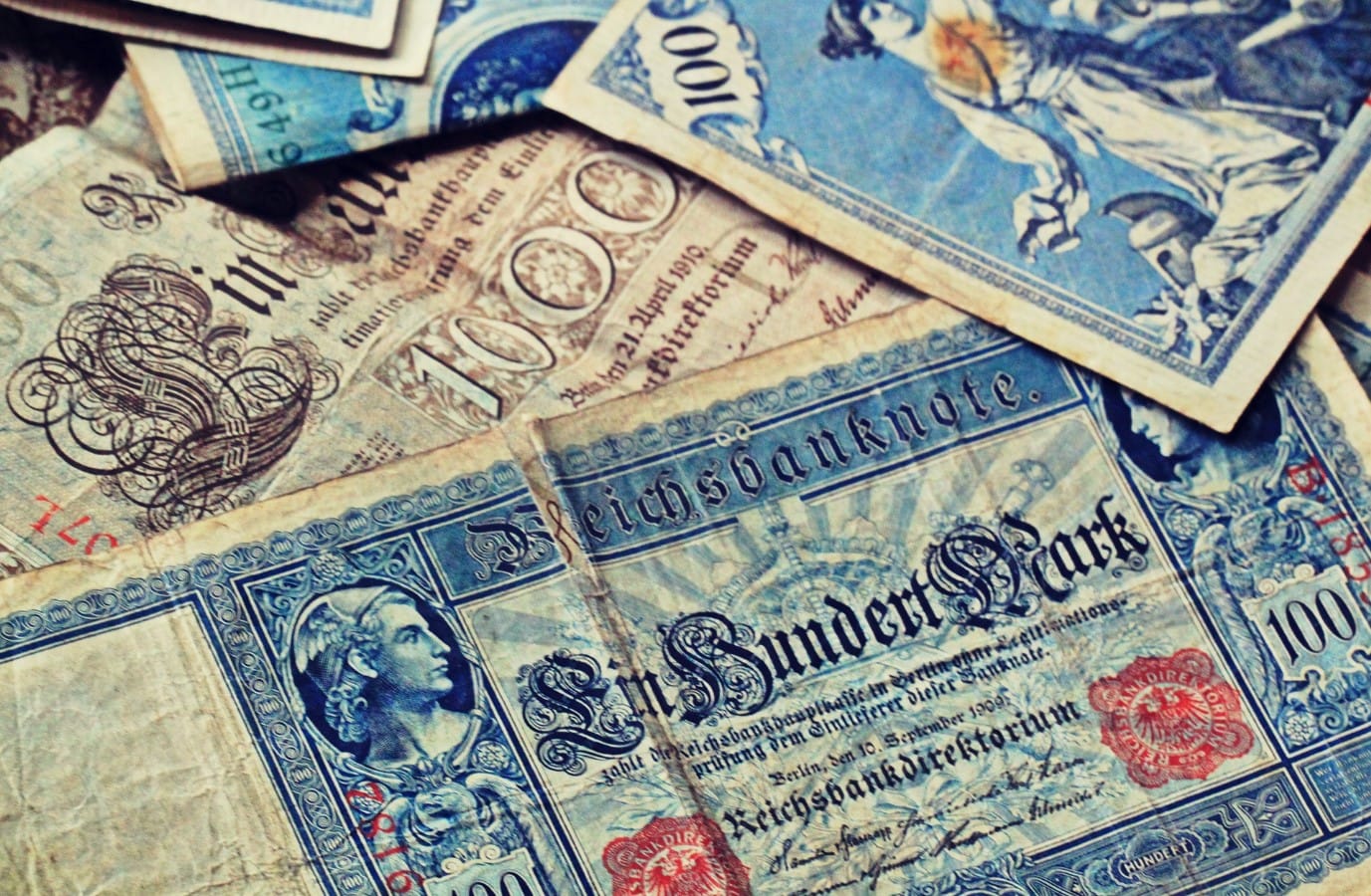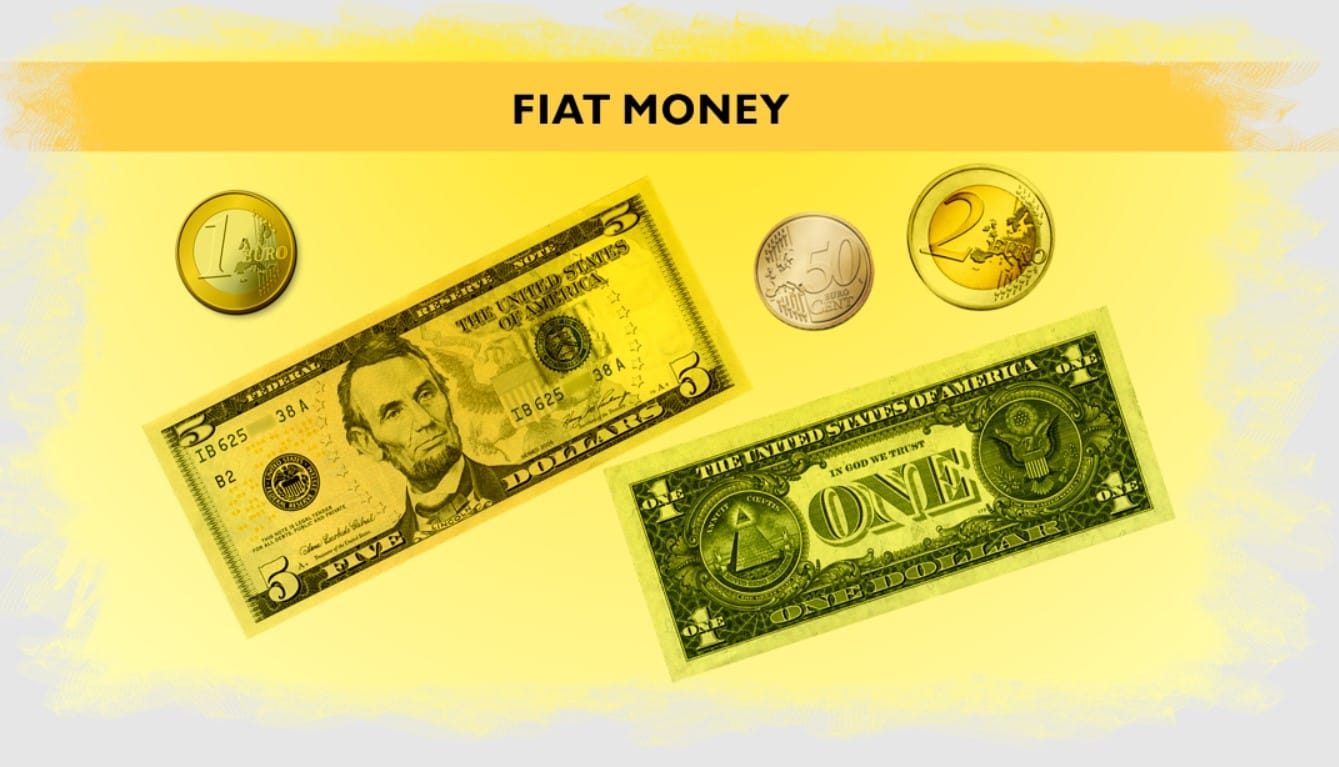The History of Money: Bartering to Banknotes to Bitcoin

Money is one of the most essential inventions in human history, but it didn’t always exist as we know it today. From simple bartering to the introduction of coins, paper currency, and now digital forms like Bitcoin, the concept of money has undergone radical transformations over millennia. The history of money is a testament to human ingenuity and the evolving needs of societies around the world. This article will take you on a comprehensive journey through the different stages of monetary evolution—from early bartering systems to modern cryptocurrency.
The Origin of Money: A Barter-Based Economy
In the earliest days of human civilization, people didn't use money as we do today. Instead, they relied on bartering—a system where goods and services were directly exchanged without any standardized form of currency. For example, a farmer might trade a bushel of wheat for a pot crafted by a local artisan. Bartering was practical in small communities with limited needs and production capabilities, but it had significant limitations.
One major drawback of bartering was the issue of "double coincidence of wants." For a trade to occur, both parties had to want what the other offered, which wasn’t always easy to achieve. Imagine trying to trade a cow for grain, but the grain farmer already has enough cows—there’s no deal to be made. This inefficiency often slowed down trade and the overall development of early economies.
As societies grew more complex and specialized, the limitations of bartering became more apparent. People needed a medium of exchange that was universally accepted, durable, divisible, and portable—traits that led to the invention of money.
The Introduction of Commodity Money

The first major step in the evolution of money was the creation of commodity money—items that had intrinsic value and could be used in trade. These included things like cattle, grain, shells, and precious metals. Precious metals, particularly gold and silver, became widely used because they were durable, divisible into smaller units, and universally valued.
In ancient Egypt, grain served as a form of money, while in parts of Africa, salt was a valuable commodity used for trade. These early forms of money were tangible and had practical uses, which made them valuable in themselves. For example, cattle could be used for milk, meat, or labor, and grain could be consumed or stored for future use.
However, as civilizations expanded and trade networks stretched across continents, the need for a more standardized and easily transportable form of currency became clear. Thus began the era of metal coins.
The Rise of Metal Coins: Standardized Currency

One of the earliest known uses of metal coins occurred in the ancient kingdom of Lydia (modern-day Turkey) around 600 BCE. The Lydians minted coins made of electrum, a naturally occurring alloy of gold and silver. These coins were stamped with images to denote their value and authenticity, marking the first use of standardized currency. The innovation spread quickly, with other civilizations such as the Greeks, Persians, and Romans adopting similar systems.
Coins had several advantages over earlier forms of commodity money. They were durable, portable, and easy to store. Because they were standardized, they eliminated the need for weighing precious metals in each transaction, significantly speeding up trade. Additionally, coins bore the stamp of the issuing authority, which helped establish trust in their value.
The Roman Empire was particularly influential in spreading the use of coinage throughout Europe, Asia, and North Africa. Roman coins, such as the denarius, were widely accepted across vast territories, facilitating commerce and economic stability.
The Advent of Paper Money: From Tang to Renaissance Europe

While metal coins revolutionized trade, they were not without their drawbacks. Carrying large amounts of coins, especially for long-distance trade, was cumbersome and dangerous. This challenge led to the development of paper money, which first appeared in China during the Tang Dynasty (618-907 CE).
China's economy was thriving, and the sheer volume of trade created a demand for more convenient forms of currency. Initially, merchants began using promissory notes—essentially paper receipts that could be exchanged for coins deposited in secure locations. By the time of the Song Dynasty (960-1279 CE), the Chinese government took control of the system and began issuing the world’s first government-backed paper money.
Paper money spread to the Middle East and Europe through trade routes such as the Silk Road. By the 13th century, explorers like Marco Polo wrote about the use of paper currency in China, describing it as a revolutionary idea.
However, it wasn’t until the Renaissance period that Europe began experimenting with its own versions of paper money. Banknotes were first issued by European banks in the 17th century. In Sweden, for instance, the Stockholm Banco issued Europe’s first banknotes in 1661. Gradually, other countries followed suit, with paper money eventually replacing coins as the dominant form of currency.
The Gold Standard: Stability and Trust in Currency
As paper money became more widespread, the need for a system that could back its value became apparent. The solution came in the form of the gold standard. Under this system, a country’s currency was directly linked to a specific amount of gold, which provided stability and confidence in its value.
The United Kingdom was one of the first major economies to adopt the gold standard in the early 19th century. The U.S. followed in 1834, pegging the dollar to a fixed amount of gold. This system allowed countries to trade with confidence, knowing that their paper money could be exchanged for a certain amount of gold at any time.
The gold standard worked well for nearly a century, providing stability to global financial systems. However, the economic strains of World War I forced many countries to abandon it temporarily. In the aftermath of the Great Depression and World War II, the gold standard was largely abandoned in favor of more flexible monetary systems.
The Birth of Modern Banking: Trust, Loans, and Credit
Alongside the evolution of currency, modern banking institutions began to take shape. Early banks were primarily places where merchants could store their valuables, but over time, they started offering loans, facilitating commerce, and managing payments between traders.
The Medici family in Renaissance Italy is often credited with developing early forms of modern banking, including the use of bills of exchange, which allowed merchants to settle debts without physically transferring coins. This system became the backbone of European trade during the Middle Ages and led to the growth of large financial centers like Florence, Venice, and Amsterdam.
With the rise of banks, credit emerged as a key component of economic growth. Instead of requiring immediate payment, credit allowed businesses and individuals to borrow money with the promise of future repayment, fueling entrepreneurship and expanding economies.
Fiat Money: The Modern Monetary System

After the collapse of the gold standard, most countries adopted what is known as a fiat currency system. Fiat money has no intrinsic value; its value is determined by government decree. Unlike commodity money or money backed by precious metals, fiat money is valuable because people trust that others will accept it in exchange for goods and services.
The U.S. officially abandoned the gold standard in 1971 under President Richard Nixon, shifting fully to fiat currency. Today, nearly all the world's currencies, including the U.S. dollar, the Euro, and the Japanese yen, operate as fiat money.
Fiat money provides governments with greater flexibility in managing their economies. Central banks, such as the U.S. Federal Reserve, can influence the supply of money by adjusting interest rates and engaging in practices like quantitative easing, where they inject money into the economy to stimulate growth. However, fiat currencies are also susceptible to inflation, where excessive money printing can lead to a loss of value, as seen in extreme cases like Zimbabwe's hyperinflation in the early 2000s.
The Digital Revolution: The Dawn of Cryptocurrency

With the advent of the internet and digital technology, money has once again entered a new phase of evolution. The development of cryptocurrency, a digital form of money, represents a significant departure from traditional monetary systems.
In 2009, an anonymous person or group known as Satoshi Nakamoto introduced Bitcoin, the first decentralized cryptocurrency. Unlike fiat currencies, Bitcoin operates on a technology called blockchain, a decentralized ledger that records all transactions transparently and securely. Bitcoin’s creation was driven by concerns over the control that governments and central banks have over fiat money, especially after the 2008 global financial crisis.
Bitcoin quickly gained attention for its potential to disrupt traditional financial systems. Because it is decentralized and not controlled by any government or institution, many view it as a hedge against inflation and currency devaluation. Additionally, the anonymity provided by Bitcoin transactions appeals to individuals concerned about privacy.
Following Bitcoin’s success, thousands of other cryptocurrencies have been created, including Ethereum, Litecoin, and Ripple. These digital currencies have led to the emergence of a new financial ecosystem known as DeFi (Decentralized Finance), which aims to replicate traditional financial services like lending and borrowing without the need for intermediaries like banks.
Bitcoin and Beyond: The Future of Money
As of 2024, Bitcoin and other cryptocurrencies remain volatile but are increasingly seen as legitimate assets by mainstream investors, financial institutions, and even governments. Some countries, like El Salvador, have gone so far as to adopt Bitcoin as legal tender, while others, like China, have cracked down on its use, promoting their own central bank digital currencies (CBDCs) instead.
Cryptocurrencies also face regulatory challenges. Governments worldwide are grappling with how to regulate digital currencies while fostering innovation in financial technology. Additionally, the environmental impact of cryptocurrency mining, especially Bitcoin, has raised concerns, leading to efforts to develop more energy-efficient cryptocurrencies.
Looking ahead, the future of money could take many forms. Some experts predict that CBDCs will become the norm, with central banks issuing their own digital currencies to compete with private cryptocurrencies. Others believe that decentralized systems like Bitcoin will continue to grow, reshaping global finance by providing individuals with greater control over their wealth.
Frequently Asked Questions
What is the oldest form of money?
The oldest form of money was bartering, where people exchanged goods and services directly without using a standardized currency. Commodity money, such as cattle, grain, and shells, came next, followed by metal coins.
How did paper money originate?
Paper money originated in China during the Tang Dynasty (618-907 CE) and became widespread during the Song Dynasty. It was initially used as promissory notes but was later issued as government-backed currency.
Why did the gold standard end?
The gold standard ended because it limited governments' ability to manage their economies during crises like the Great Depression and World Wars. It was officially abandoned in the U.S. in 1971 in favor of fiat currency.
What is fiat money?
Fiat money is a type of currency that has no intrinsic value and is not backed by a physical commodity like gold. Its value is based on government regulation and public trust.
What is cryptocurrency?
Cryptocurrency is a digital form of money that uses cryptography for security and operates on decentralized networks, such as blockchain. Bitcoin is the most well-known cryptocurrency.
How does Bitcoin work?
Bitcoin works on a decentralized blockchain network, where transactions are recorded on a public ledger. Bitcoin can be transferred directly between individuals without the need for an intermediary like a bank.
Conclusion
The history of money is a fascinating journey that reflects the development of human civilization. From the simplicity of bartering to the complexities of modern financial systems, money has evolved to meet the changing needs of societies. As we move further into the digital age, the rise of cryptocurrencies like Bitcoin challenges our understanding of money and its future role. Whether through traditional fiat currencies or decentralized digital assets, one thing remains clear—money will continue to evolve in ways we can't yet fully imagine.




